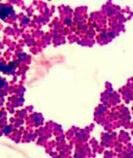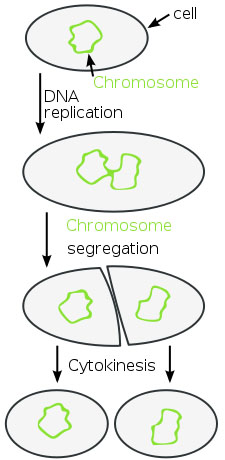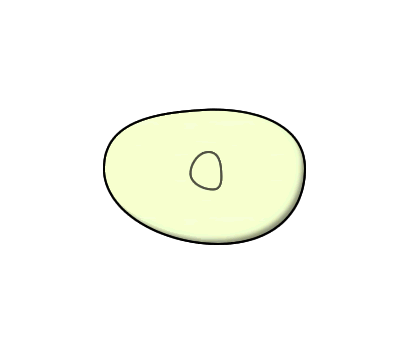 | ||||
Binary Fission
Cell Division & Reproduction of Prokaryotes
Prokaryotic cells, such as bacteria and Archaea, are smaller, simpler and more evolutionarily primitive than eukaryotes, and have only one option for reproduction, binary fission, also referred to as prokaryotic fission.
What Is Binary Fission?
Binary fission is a type of cell division in which a parent cell copies it’s genetic material, and then divides, transforming into two daughter cells, each new cell having one complete copy of the genetic instructions necessary to run the cell. The daughter cells are clones (exact copies) of the parent cell that gave rise to them.
Steps of Binary Fission
- Parent cell grows to its maximum size.
- Cell duplicates its chromosome (a process called replication) so that two exact copies of the genetic material exist inside the parent cell. These two molecules of DNA are attached to the cell’s plasma membrane.
- The cell then grows, increasing the distance between the two duplicated chromosomes that are attached to the plasma membrane.
- In prokaryotes (bacteria and Archaea), a new cell wall, called a septum, begins to grow across the middle of the cell, bisecting it. Amoeba, which do not have a cell wall, develop a cleavage furrow that pinches the cell in half.
- After the septum forms completely, depending on the type of microbe, the daughter cells may remain attached to each other, or may completely separate. Whether attached or separated, each cell is an independent unit.
Article Summary: Prokaryotic cells reproduce by binary fission; a process in which the genetic material of the cell is copied and then the parent cell divides.
Binary Fission of Prokaryotic Cells
You have FREE access to a large collection of materials used in a college-level introductory microbiology course. The Virtual Microbiology Classroom provides a wide range of free educational resources including PowerPoint Lectures, Study Guides, Review Questions and Practice Test Questions.
 | ||||||
SPO VIRTUAL CLASSROOMS
There are two basic types of cells —
prokaryotes, such as bacteria and the more complex
and meiosis.
Some microscopic eukaryotes, such as amoebae and yeast reproduce through binary fission.
Page last update: 4/2015
This process repeats, sometimes very quickly, such as in E. coli bacteria which divides every 15 minutes, or very slowly, such as in Mycobacteria leprae, the causative agent of leprosy, which only divides once every two weeks.
Binary Fission and Exponential Growth
Through the process of binary fission, one parent cell divides into two daughter cells and then each daughter cell of the following generation repeats the process…one cell leading to two, two to four, four to eight, and so on. This is called logarithmic or exponential growth, and depending on the generation time of the organisms (time between cell divisions), this strategy can result in very rapid population growth. For example E. coli, which has a short generation time, using binary fission, can go from one cell to a visible colony or millions of cells in a day.
Sources & Resources
- Binary Fission animation from Class Zone.
- Cell Division in Prokaryotes & Eukaryotes animation from McGraw-Hill.
- Microbial Genetics Lecture Main Page of the Virtual Microbiology Classroom.
- Bauman, R. (2014) Microbiology with Diseases by Taxonomy. Pearson Benjamin Cummings.
Binary Fission of Bacteria
Over 4 Hours




